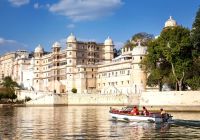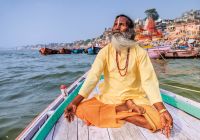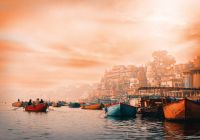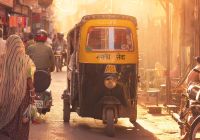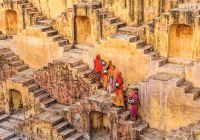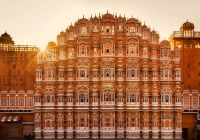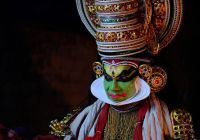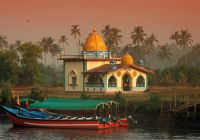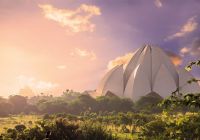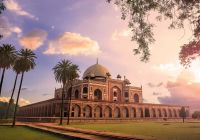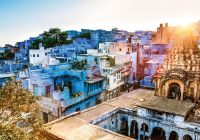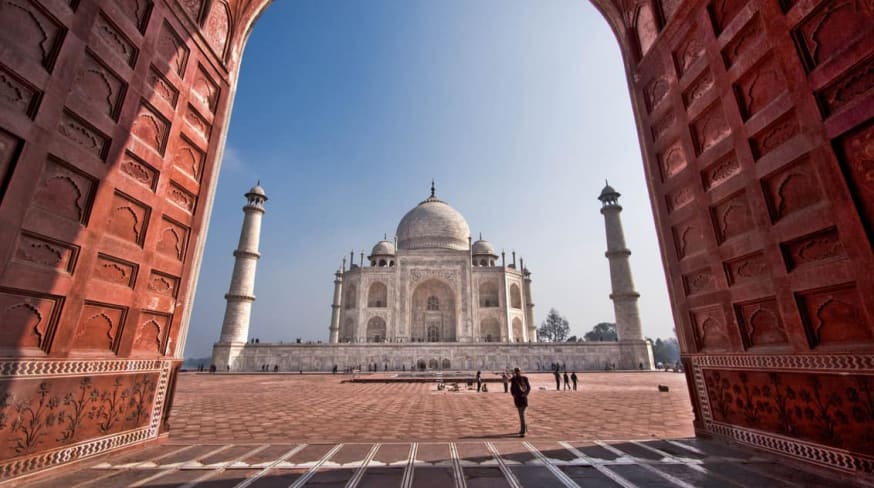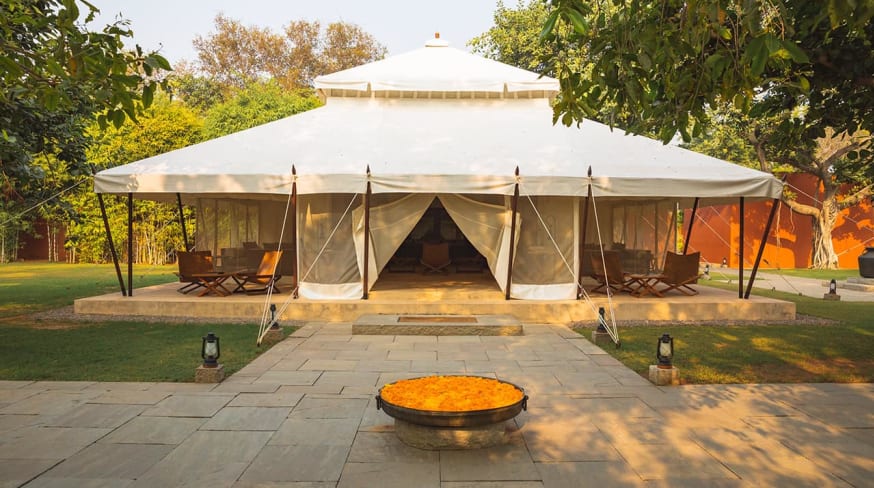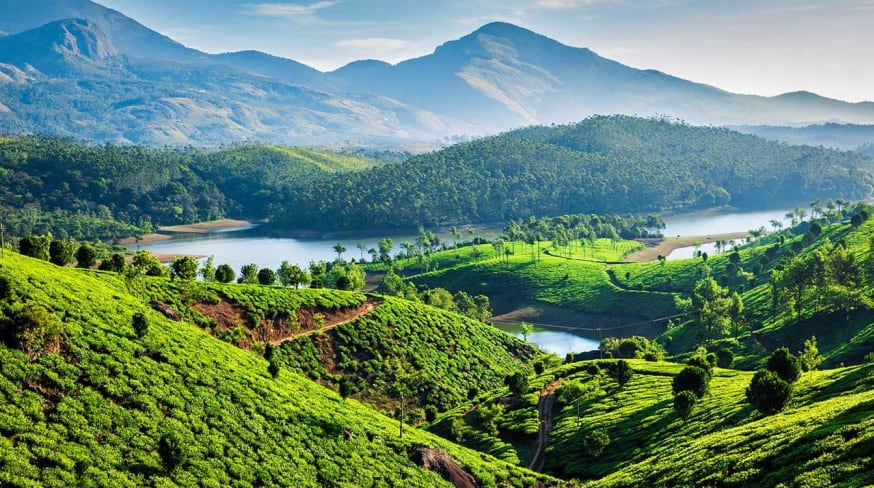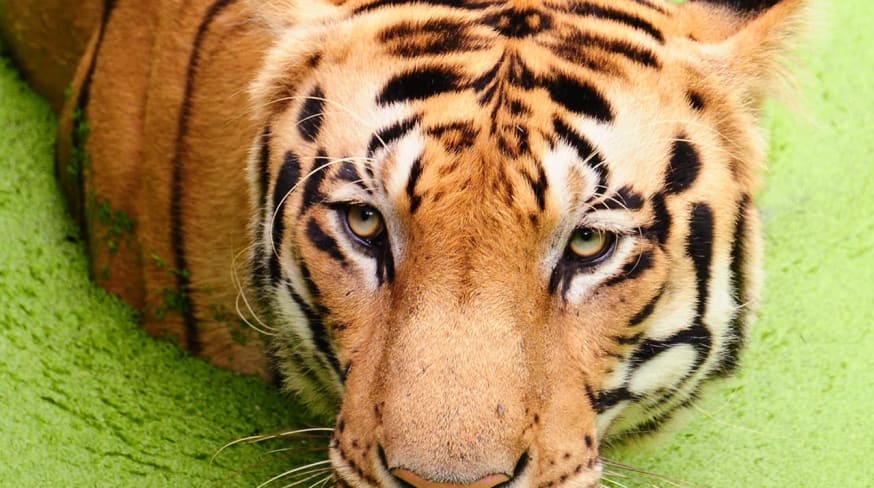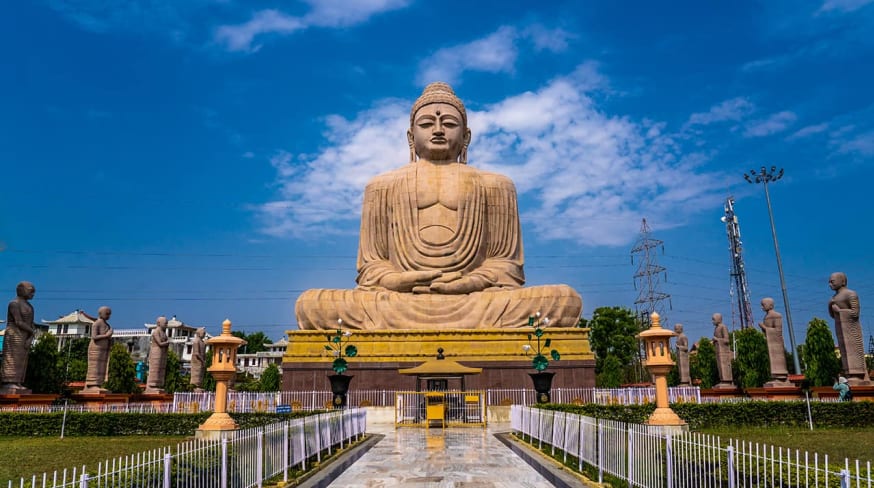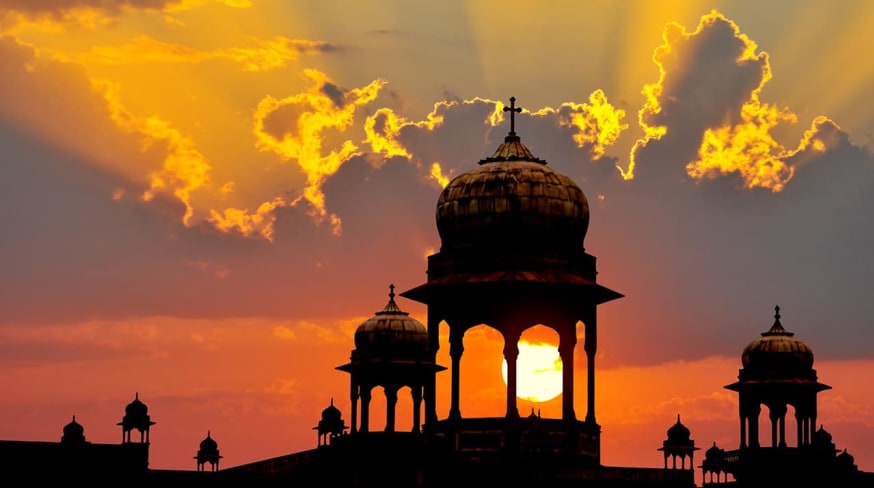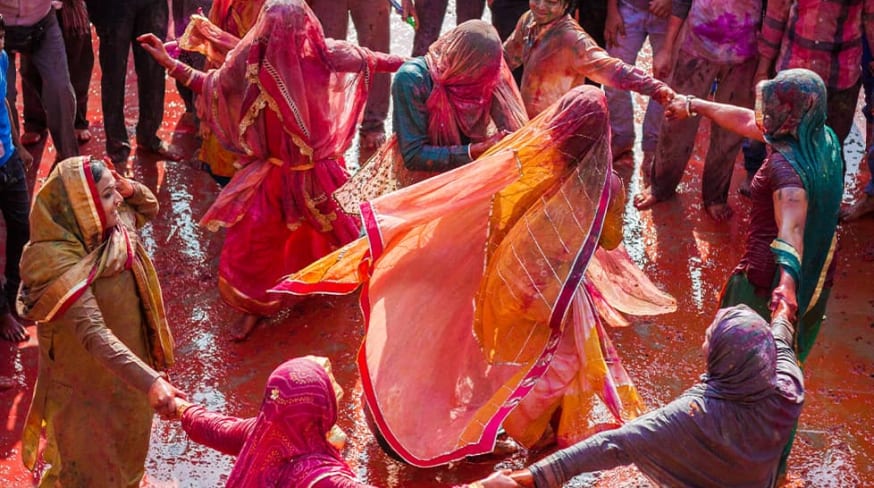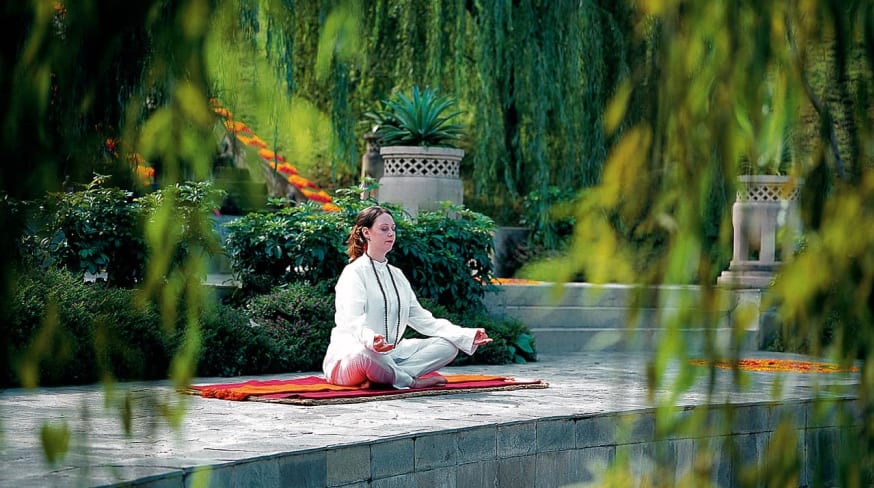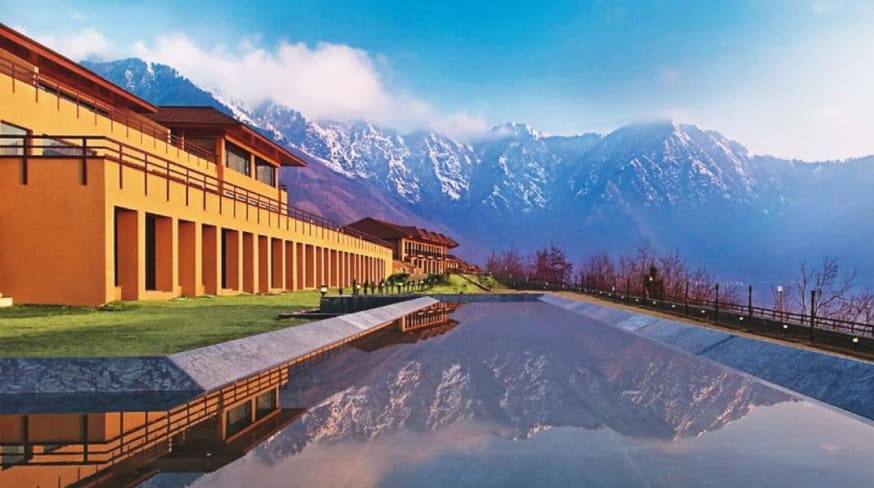Destination India
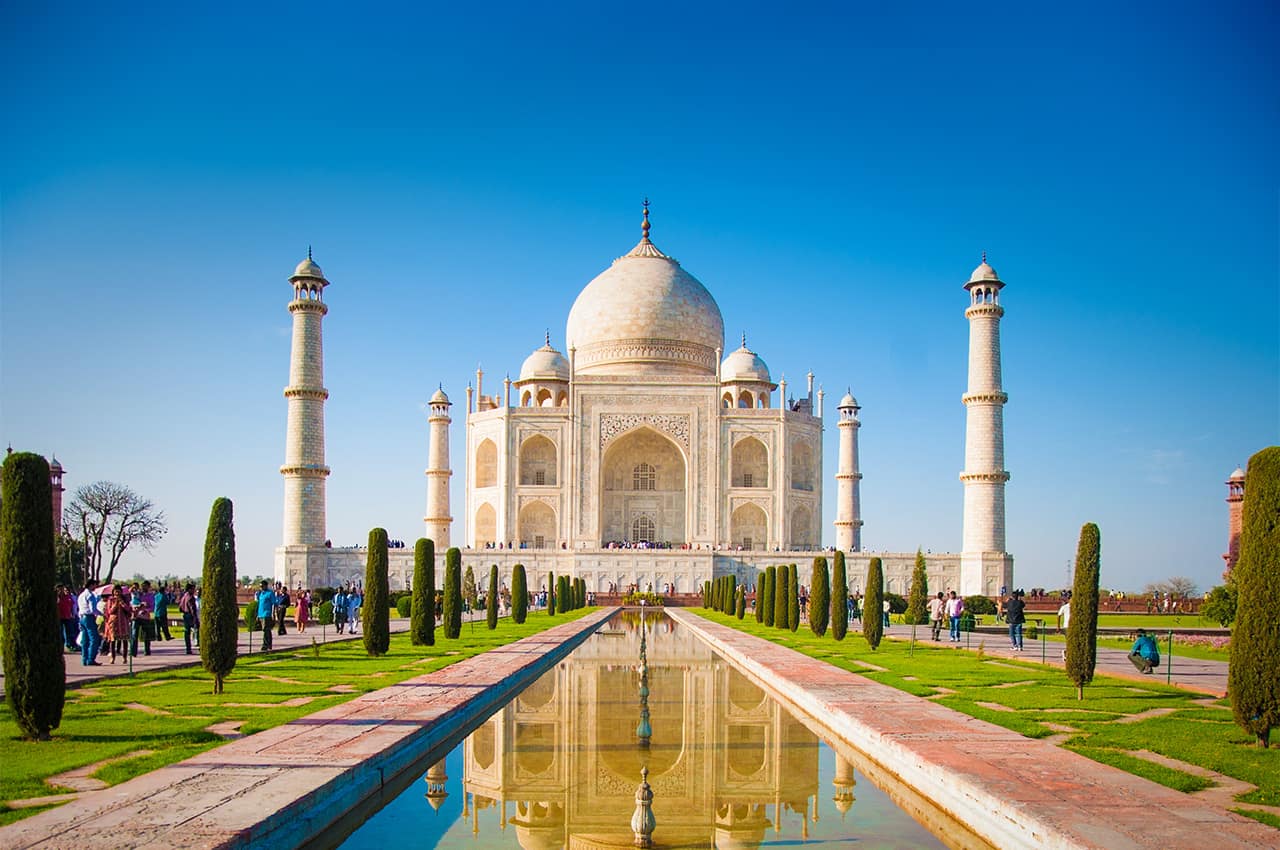
a rich mix of beliefs and traditions, beautiful landscapes and ancient knowledge.
A unique culture
Multifaceted and with many traditions, India is among the oldest civilizations in the world. As well as its culture, the region's landscapes are diverse and vary from the Himalayan snow peaks to the sunny beaches of Goa, which gives it a geographical individuality distinct from other Asian countries.
Traveling around India is about finding a diversity of flavors, beliefs, and customs found in arts, cuisine, land, and tribes. In addition, it is a society that moves calmly between antagonistic experiences: it is possible to find centuries-old shops and large shopping centers, modest houses and luxurious palaces side by side.
Spirituality is present in every corner of India, among so many beliefs, Hinduism and Islam are the most popular, however, Sikhism, Buddhism, Jainism, Christianity, and Zoroastrianism are also widely practiced. So many different religions in a single territory also made India a spiritual travel destination.
The potential of wellness programs, developed through centuries of wisdom from this ancient civilization, has been harnessed by positioning India as a center for Ayurveda, Yoga, Sidha, Naturopathy, etc., along with the spiritual philosophy that has been an integral part of the Indian way of life.
Touristic spots
Agra
Agra is an ancient city that gained notoriety during the reign of the Mongols. It is famous for being home to one of the Seven Wonders of the World, the Taj Mahal. The Taj is a monument of such elegance that it is considered synonymous with beauty. Another point of interest is Agra Fort, an imposing fortress on the banks of the Yamuna River, which is a World Heritage Site.
What to do in Agra
- A visit to the Taj Mahal, to appreciate the beauty of the mausoleum at sunrise. The monument is in a protected area and was built by Emperor Shah Jehan, in memory of his beloved queen. Its construction began in 1631 and is believed to have taken 18 years to complete, with more than 20,000 artisans working around the clock.
- The Red Fort is the symbol of the empire of its Mongol founder, Shah Jehan, built behind red sandstone walls. Its main gate (Lahore Gate) is close to several bazaars, great for shopping.
Jaipur
Called “the pink city” because of the color of the walls of the old city, it is indeed a visual delight. The city, which is the Holy Grail of Indian tourism, has several world-renowned monuments, including the Palace of Winds or Hawa Mahal, Jai Singh City Palace and Jantar Mantar Observatory, built by the city's founder, Maharaja Sawai Jai Singh II, a man famous for his talents as a politician, astronomer and mathematician.
What to do in Jaipur
- Amber Fort is high above the city, inside a complex filled with halls, gardens, pavilions, and temples. There it is possible to attend an aarti ceremony at one of the Fort's temples.
- The Municipal Palace Museum mixes traditional Rajastani and Mongolian culture. The museum has a collection of royal clothing, carpets, an arsenal of weapons, miniature paintings depicting court scenes, battle scenes, and processions.
- Jantar Mantar is an observatory built in 1726 with large equinocal sundials, including the largest in the world.
Varanasi
Considered one of the oldest cities in the world, attracting visitors who desire an encounter with the divine. In the Hindu religion, those who die in Varanasi will be freed from the cycle of reincarnations and, therefore, it is one of the holiest cities for Hindus.
What to do in Varanasi
- Boat trip along the Ganges River to see the sunset, the spectacle of nature, puts tourists in connection with the city from a new perspective.
- On the banks of the Ganges River, the traditional Aarti offering ceremony takes place every evening. The ceremony is dedicated to Mother Ganga, who has the power to purify the soul of the faithful through fire.
Best time to go to India
Because it is a large land area, India has a diverse climate and the climate can vary greatly between regions. For this reason, it is important to take into account which region will be visited.
It is recommended to visit India between late autumn and spring, avoiding the period between June and September, when it is very hot and it rains daily.
- Winter: November to January.
- Spring: February to March
- Summer: April to June
- Monsoons: July to October
- Fall: September to November
How to go to India
1. If you want to take an incredible trip around India without worrying about anything, choose the best travel package here.
2. If you already know all the destinations you want to visit in India create your itinerary here i. 3.
If you already have everything planned and you just need a ticket to India, talk to one of our airline advisors and get the best flight options.
Suggested itinerary in India
Kangaroo Tours offers exclusive itineraries designed by expert consultants in this destination.
Do you want to discover wonderful places, stay in incredible hotels and live a unique and unforgettable experience without worrying about anything?


